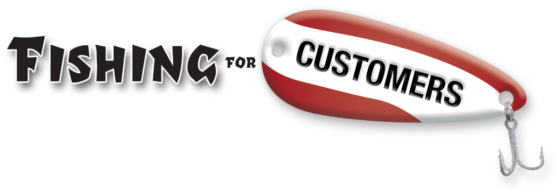Sounds like such a great idea, doesn’t it? You’re a retailer – say a hardware store owner. Your store carries Ajax Widgets. You want to advertise in your local market to get customers into your store, but the cost is high. Ajax wants people to buy Ajax brand widgets, but the cost of advertising in every local market is exceptionally high.
Ajax problem: spreading the word to people who can’t purchase from them (those who live in a community without a store which carries the Ajax brand, for instance) is a waste of money.
Ajax solution? They will team up with you to share the cost of advertising to your market, as long as you promote Ajax Widgets in those ads, too. You’re trying to reach the same people, aren’t you? Why not share the cost? What a great deal for both of you.
You simply use the Ajax Widget pre-approved script, and submit the appropriate media documentation to Ajax. They will reimburse you for part of the cost of the ads.
Fifty percent is the most common plan, but I’ve seen ‘em go up as high as one hundred percent. And all cooperative advertising programs “cap” the amount of advertising dollars you’re allowed to spend at a percentage of dollar volume of the product you’ve purchased from the manufacturer.
A great deal. Or is it?
You’re trying to build an image for your hardware store. Every ad you run should re-enforce that image. Perhaps your desired image is “The store that has everything you need in stock.”
What’s Ajax’ image? “The most dependable widget money can buy.”
How does it benefit your hardware store’s image to have a fifty-second message about Ajax dependable widgets, followed by an effectively different message: “Ajax Widgets are available at fine retailers like Your Hardware Store?” (Don’t kid your self. It’s not a continuation of the same ad. It is a completely different message).
The equity issue
Ajax dictates the radio or television script, fifty seconds of which is dedicated to Ajax and their widgets. You get the ten second “tag” at the end. They provide the newspaper or magazine layout. You get the small white space at the bottom to drop in your logo and location.
At the end of the advertising schedule the medium sends you the invoice, and a notarized “affidavit of performance.” You pay for the ad. You send the required documentation to Ajax, who reimburses you for half the cost.
Let me repeat: you got only ten of the sixty seconds. You got only three of the 15 column inches. And yet, you paid for half.
Anyway you look at it, you’re paying way too much for ads, and worse yet, those ads deliver the wrong message.
I don’t care for co-op advertising. At least, most of the time.
The Exception
Some co-op programs will let you write you own ad and still claim reimbursement under the terms of their co-op program, provided that you mention their brand and product a minimum number of times.
One of my clients has an annual sale one time each year. For fifty weeks a year his store advertising reinforces the benefits of purchasing from him. For those fifty weeks co-op doesn’t help him to meet his goals.
But for the two weeks of the sale, he uses every accrued co-op dollar to fund the promotion of an event. It’s a completely different message presented in a completely different style. The sale event message is delivered with enough frequency to effectively reach most of the community. For those two weeks you can’t turn a radio to a local station or open a local newspaper without being exposed to his ads.
Then, event over, it’s back to business as usual.
If you’re going to use cooperative advertising in the promotion of your business, plan it’s use carefully. Don’t kid yourself, though, that co-op funds can replace any portion of your ad budget for the year. Run co-op ads IN ADDITION to your regular ads, not in place of any of them.
Your Guide,
Chuck McKay
 Your Fishing for Customers guide, Chuck McKay, gets people to buy more of what you sell.
Your Fishing for Customers guide, Chuck McKay, gets people to buy more of what you sell.
Wondering if you can get real value from your available co-op advertising funds? Drop Chuck a note at ChuckMcKay@ChuckMcKayOnLine.com. Or pick up the phone and call him 304-208-7654.
This article was first published August 6, 2006


Great insight. I never looked at co-op advertising that way. Thanks Steve Sorenson